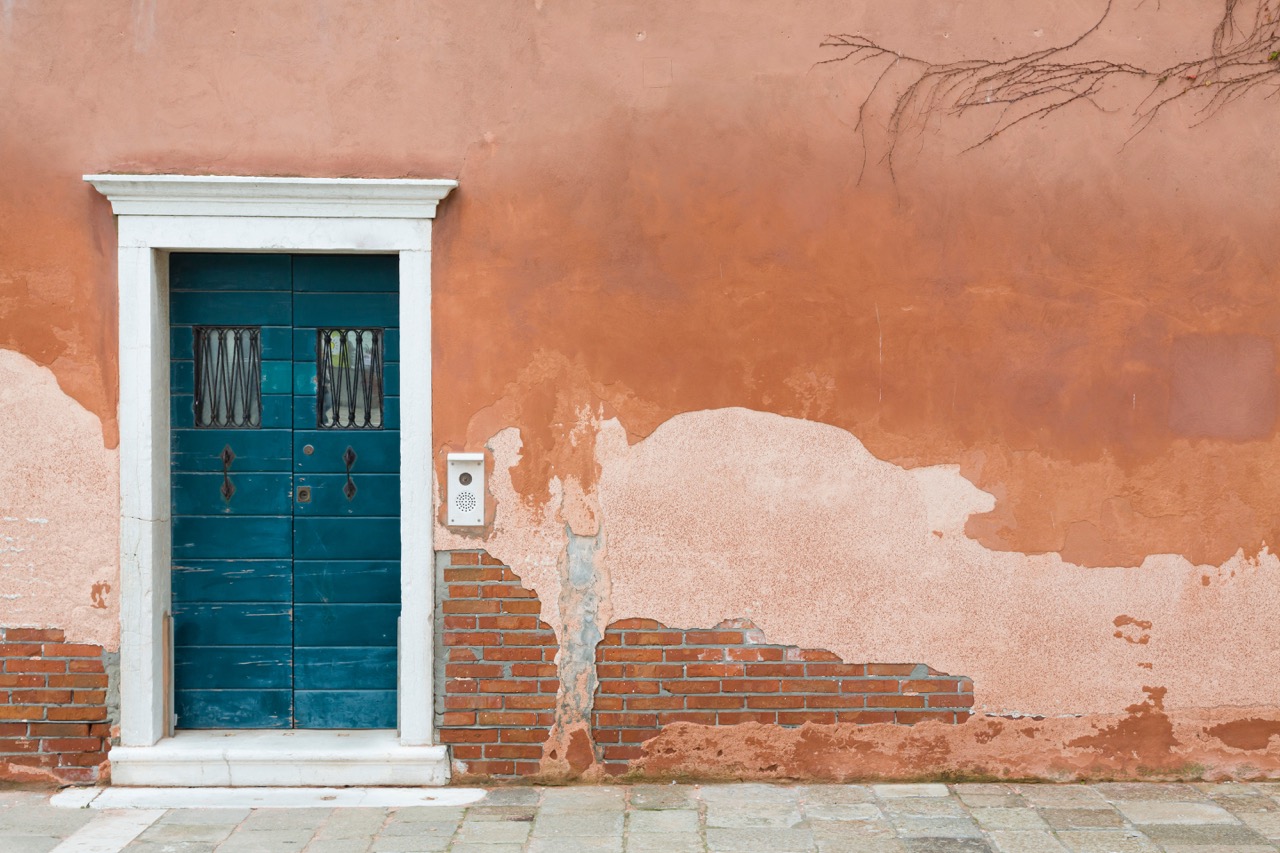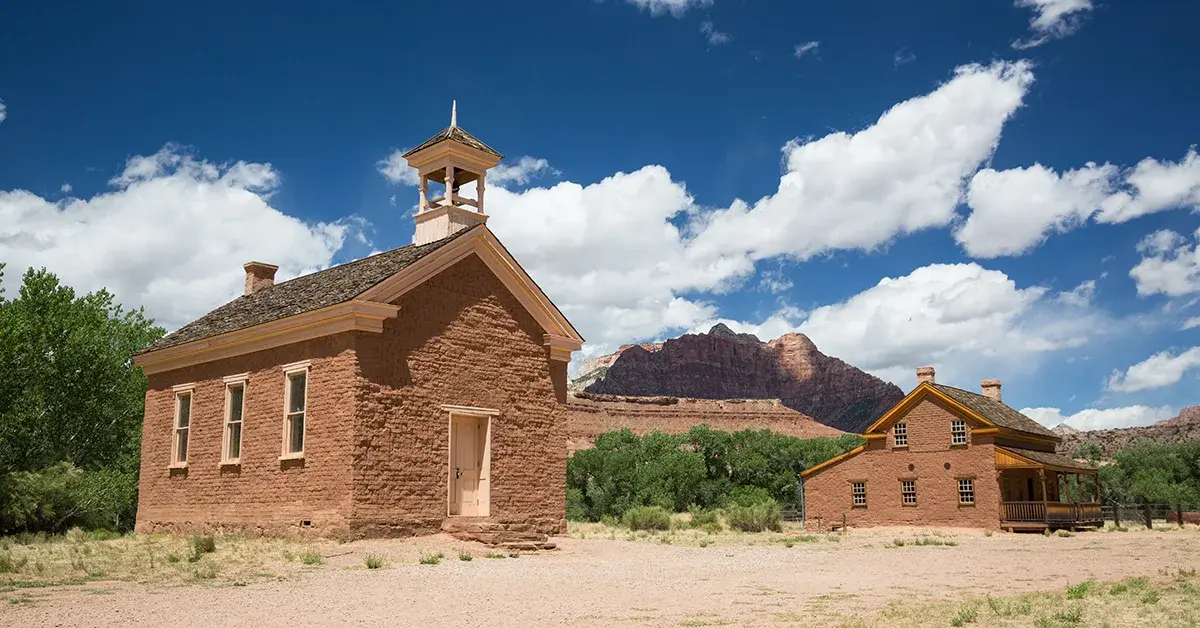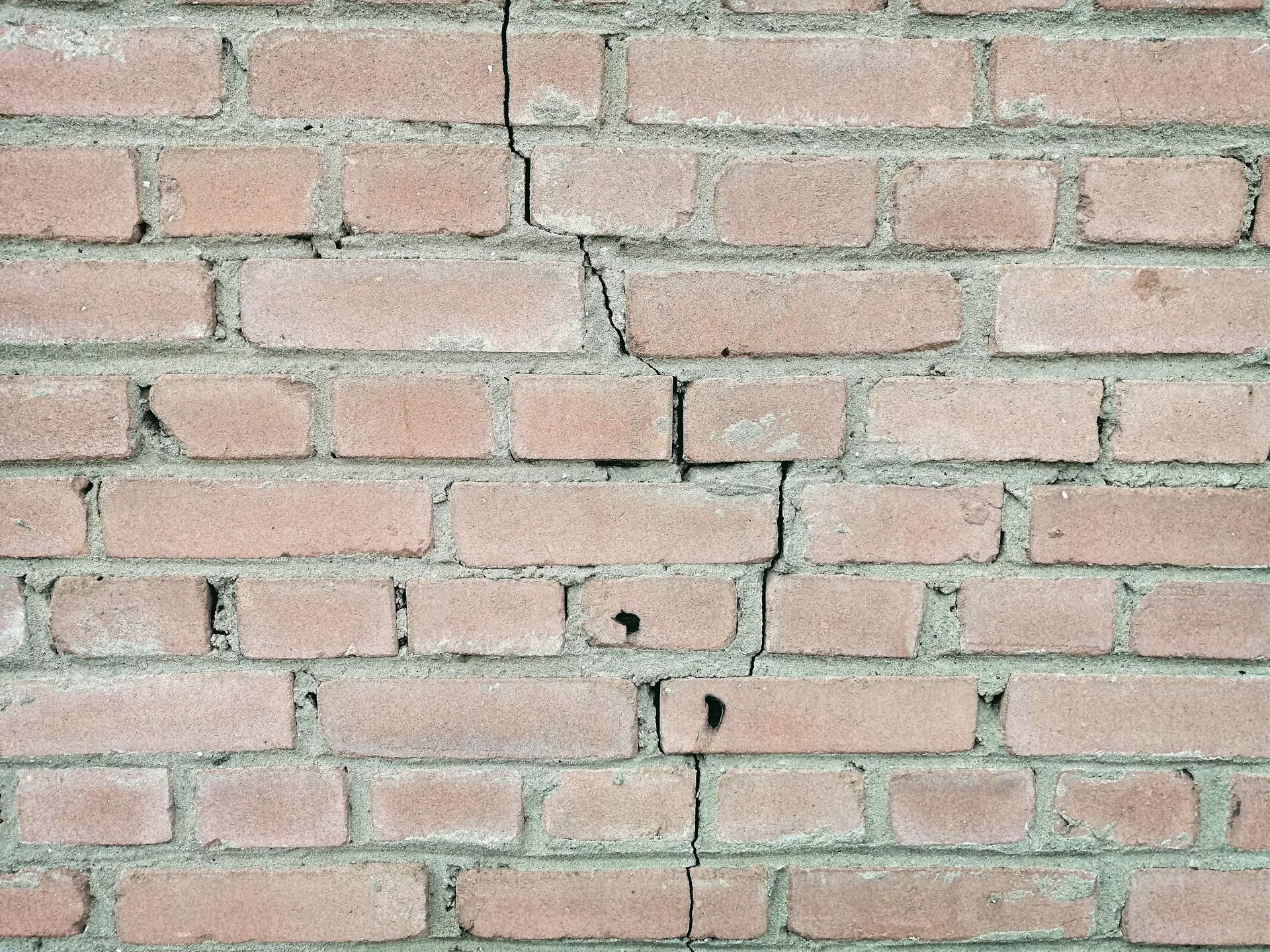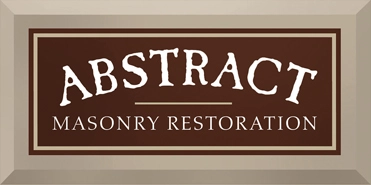Stucco is a type of plaster that is made from lime, sand, and water. It is a versatile material that can be used for a variety of applications, including walls, ceilings, and floors. It is also one of the oldest building materials in the world.
It has been used for centuries in a variety of applications, and its popularity continues to grow. There are many reasons why stucco should be preserved, but here are just a few: historic stucco tells the story of our past, it is a traditional style that adds character and distinction to any building, and it is important for the economy.
The history of stucco is a long and rich one— Read on to learn more about this historic material, how to identify it, and why it should be repaired and preserved.
The History of Stucco Masonry
The first recorded use of stucco was in the Middle East, specifically in what is now Iran. It is thought to have been used as early as the sixth century BC. From there, it spread to other parts of the world, including India, China, Greece, and Rome.
During the Renaissance, stucco became very popular in Europe. It was used to decorate the exterior of buildings and to create detailed interior designs. Many of the world’s most famous buildings, such as the Vatican and the Palace of Versailles, are decorated with stucco.
By the 18th century, stucco was being used extensively throughout Europe and America. Stucco continued to be popular in the United States during the nineteenth and twentieth centuries. It was used extensively in the construction of both commercial and residential buildings.
During the 19th century, there was a decline in the use of stucco due to the introduction of new building materials such as brick and stone. However, stucco made a comeback in the early 20th century as part of the Arts and Crafts Movement.
Stucco is now being used more widely than ever before, and its popularity is only expected to grow in the future. Historic stucco is an important part of our heritage and should be preserved for future generations to enjoy. When historic stucco is repaired and preserved, it not only looks better but also lasts longer.
Traditional Styles of Stucco & How to Identify Them
There are many different styles of stucco, each with its own distinct characteristics. Here are a few of the most common:
- Spanish Colonial: This style is characterized by its reddish color and smooth, even surface.
- Italianate: This style is characterized by its textured surface and use of decorative elements.
- Mission: This style is characterized by its use of natural materials, such as adobe bricks.
- Tudor: This style is characterized by its rough, stony surface.
To identify the style of stucco on your historic building, look for these characteristics. If you’re still not sure, consult a professional historic preservationist or stucco expert.
Stucco’s Revival & the Importance of Historic Stucco Repair
In recent years, there has been a renewed interest in stucco as a building material. This is due in part to its durability, low maintenance, and energy efficiency. It is also a sustainable material that can be made from recycled materials.
As more people become interested in historic preservation, stucco is also gaining popularity as a historic material. This is because it can be used to restore historic buildings to their original appearance. In many cases, historic stucco is the only material that can be used to accurately recreate the historic appearance of a building.
Why You Should Hire a Professional to Preserve Your Stucco
If you have a historic stucco building, it is important to take care of it. Regular maintenance and repairs will extend the life of your stucco and help to preserve its antique appearance. When it comes time to repair or replace your stucco, be sure to hire a professional who has experience with historic stucco buildings.
Abstract Masonry Restoration, Inc. has been cleaning, repairing, and restoring historic buildings all across Utah for over three decades. We are passionate about preservation and take pride in our work. Contact us today to learn more about our services or to schedule a free consultation. We look forward to helping you preserve your slice of stucco history.







